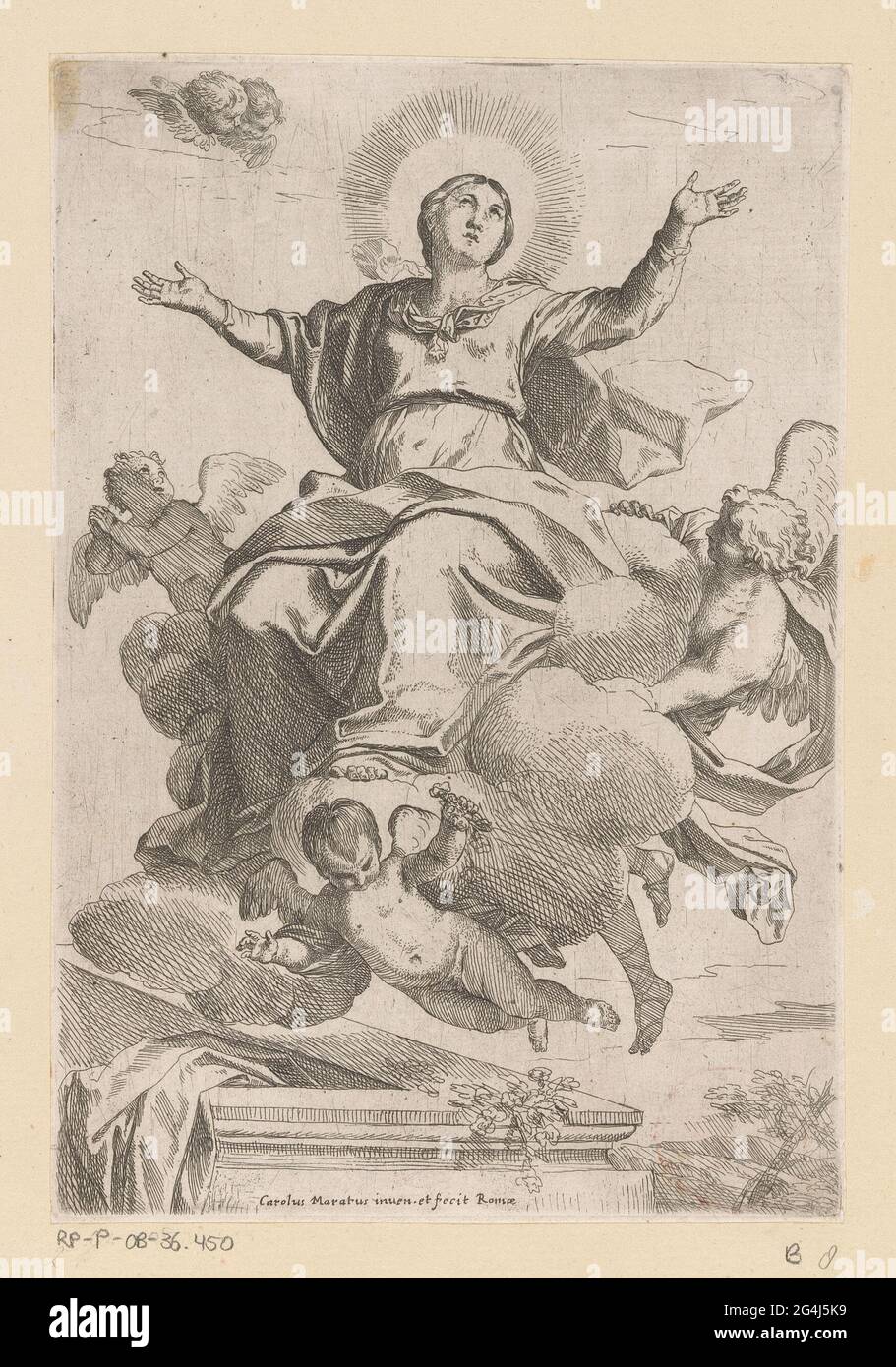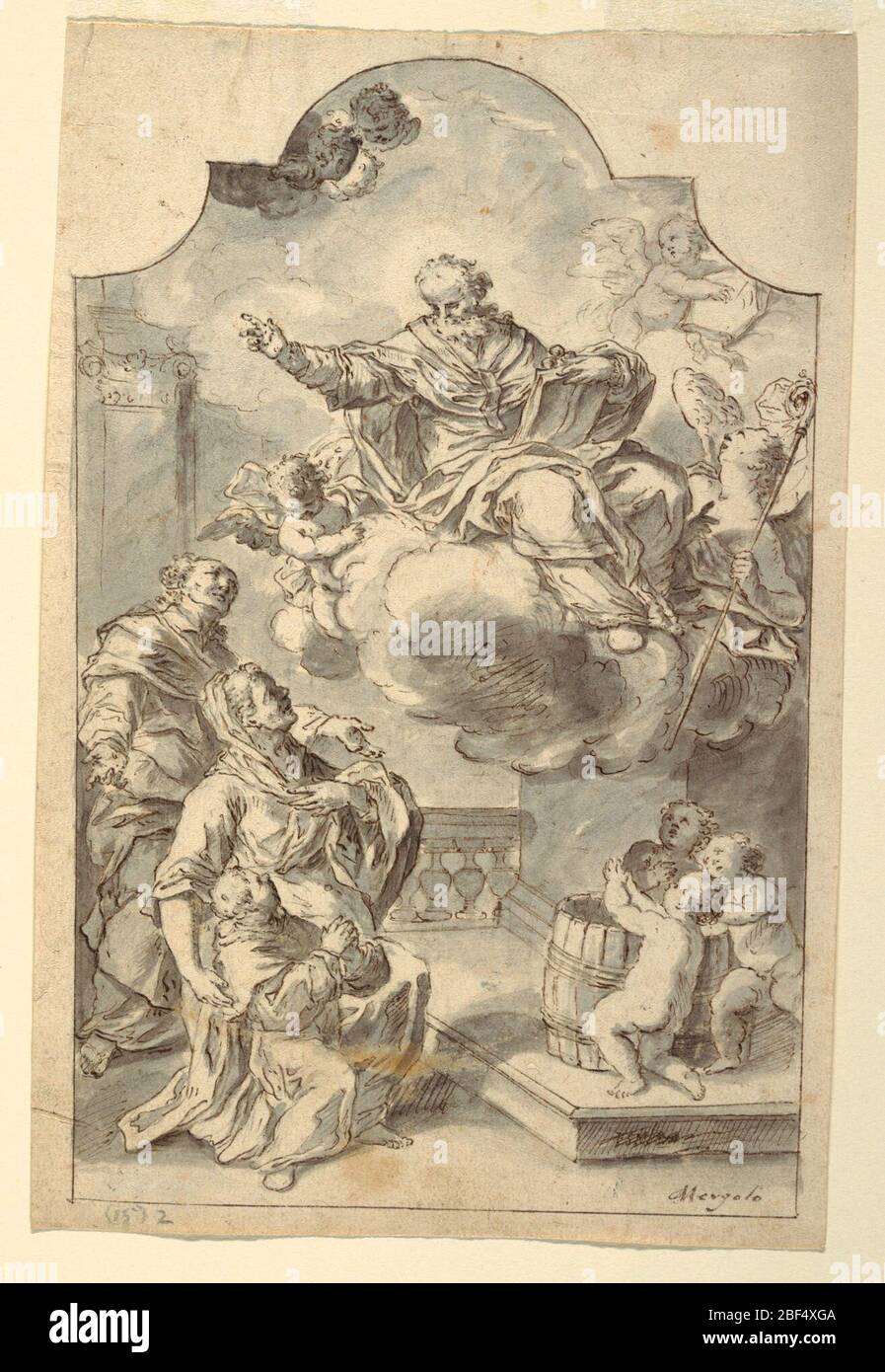
God and Adam’s outstretched arms form the umbilical cord that transports nutrients and oxygen from mother to baby. “Maybe we are prejudiced by our medical backgrounds (I am a gynecologist, and my wife works on the molecular biology of placental enzymes), but we have seen, without doubt, that Adam is born (created) from a uterus and a human placenta,” he wrote in the Journal of Maternal-Fetal & Neonatal Medicine. The late Andrea Tranquilli, a gynecologist, argues that the red blob surrounding God and the angels in the Creation of Adam isn’t a brain, but a uterus containing a placenta. That could explain why different people see different shapes in God’s billowing shroud. fill in details and create meaning where no pattern or meaning may have been intended.” But Salcman also warns that “our visual systems. Michelangelo’s anatomical explorations of corpses supports the theory, according to a paper by neurosurgeon Michael Salcman. Not everyone buys the idea that Michelangelo was hiding depictions of brains in his art, Suk and Tamargo note in their paper. “I think one of his main pursuits, being a religious man, being a scientific man, and being one of the greatest artists of all time, led to him trying to pursue the mysteries of the human brain.” God's neck in "Separation of Light From Darkness" Image courtesy of Neurosurgery. “The brain was, even back then, one of the great mysteries in life,” Suk told The Verge. They were the same, according to their paper published in the journal Neurosurgery.

Suk and Tamargo took photos of a model brain and matched the shadows against the ones on God’s neck.

In fact, it looked more like a brain stem - the rear, bottom part of the brain responsible for making sure the body does fundamental things like breathe. Called the Separation of Light and Darkness, it depicts the moment when God said “Let there be light.” Suk and Tamargo noticed that God’s neck looked unusual - which, given the focus on lifelike anatomy in Renaissance art, made it stand out. Two decades later, Suk and his colleague Rafael Tamargo, a neurosurgeon at Johns Hopkins University found their own hidden brain in another panel on the chapel’s ceiling. There were elements of the painting that conformed “in very uncanny ways to the exact anatomical shape,” says Johns Hopkins professor and medical illustrator Ian Suk.

Even blood vessels show up: the green sash trailing from the brain looks like one of the arteries that connects the neck to the brain. You’d notice, if you looked closely, a fissure in the shape of a crescent along that axe wound that mirrors the crescent formed in the painting by God’s arm as it wraps around Eve.

If you were to drop an axe on someone’s head, with the front of blade landing neatly between the eyes and the handle exiting the back of the skull, the exposed brain bits would look a lot like the red circle behind God and the angels, says Meshberger. After all, Michelangelo had written in his sonnets that he thought intellect was a divine gift - and there was a brain right there in the painting. But Meshberger floats an alternative explanation in his essay: that the spark God passed to Adam in this painting wasn’t just life, but also intellect. In it, God’s hand is outstretched to Adam - possibly to deliver the spark of life. The painting that Ford references, the Creation of Adam, is one of the many biblical scenes depicted on the ceiling of the Sistine Chapel in the Vatican.


 0 kommentar(er)
0 kommentar(er)
